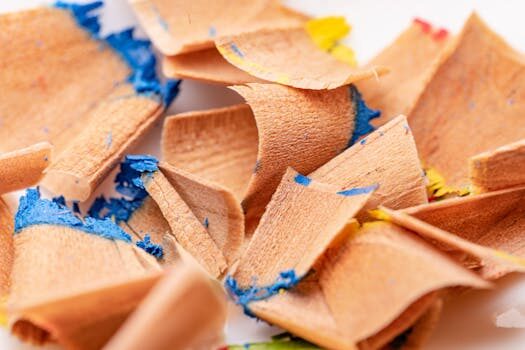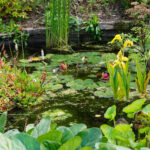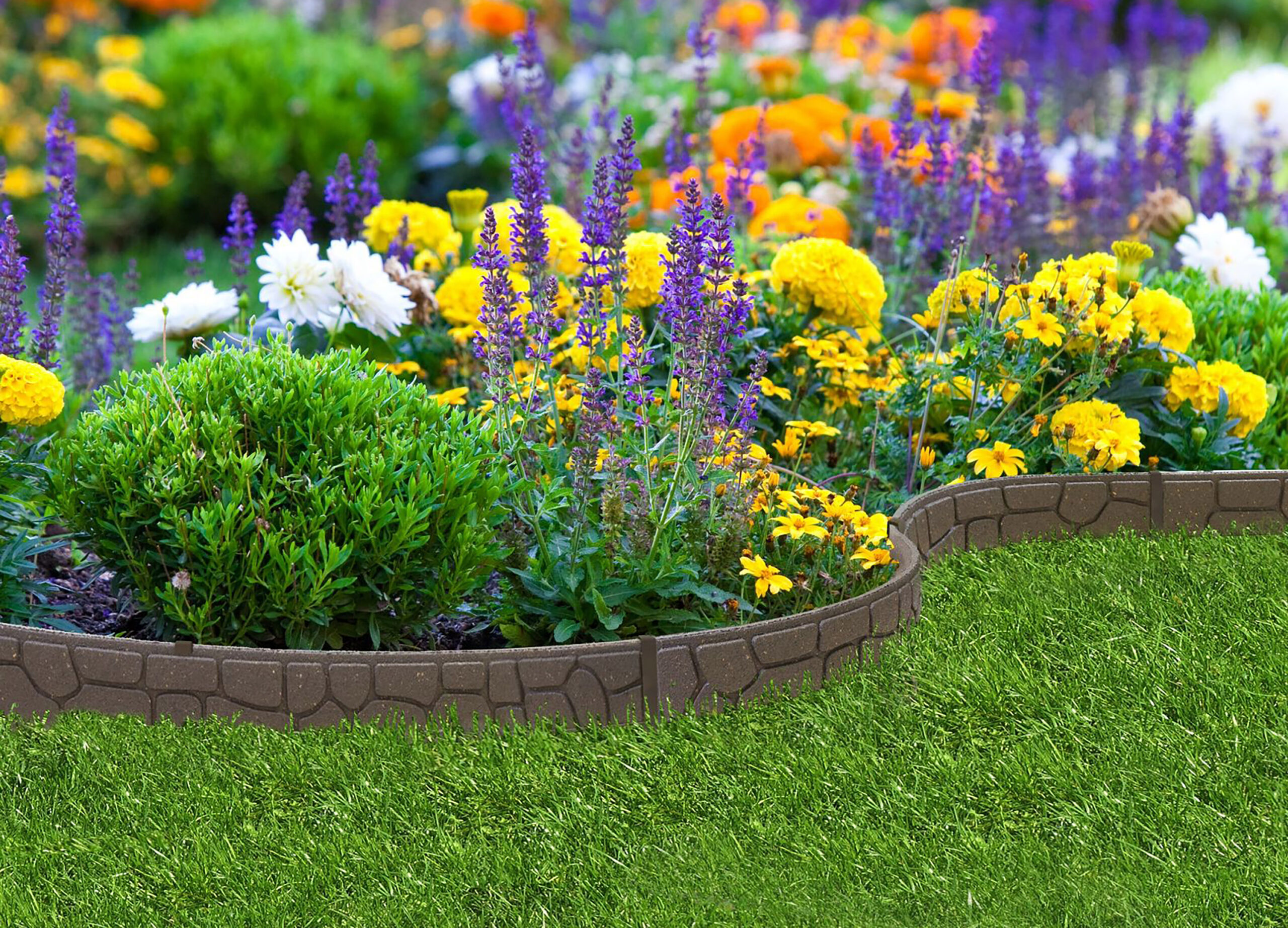Creating a garden that not only blooms with life but also oozes style can be quite daunting. Yet, with modern edging ideas, you can easily elevate your outdoor space, defining and dividing your garden zones with chic touches. This article delves into a variety of contemporary edging concepts that can transform your garden into a series of beautifully distinct areas, regardless of size or budget.
From affordable garden edging ideas to unique solutions for small spaces, these suggestions will inspire you to create a garden that reflects your personal style while enhancing its functionality. Whether you’re looking to use recycled materials or invest in elegant stone borders, this guide will help you choose the right edging for a stylish and eco-friendly outdoor sanctuary.
What are the best modern edging ideas for your garden?
Modern edging must blend functionality with aesthetic appeal. Think outside the box with materials like corten steel for a rusted, industrial look or polished concrete for a sleek, minimalist feel. Incorporating lighting into your edging can also provide a dramatic effect, illuminating pathways and highlighting your garden’s best features.
Contemporary landscape design often features clean lines and geometric patterns. Consider creating a continuous edge with smooth pebbles or a row of uniform planters. These modern edging ideas not only structure your space but also add a definitive character to your garden zones.
For those with a flair for the artistic, why not try a mosaic-tile edge? This is a chance to introduce vibrant colors and patterns, adding a personal touch to your garden’s borders.
And remember, modern doesn’t have to mean new. Repurposed metal or wood can be fashioned into unique, modern edges that tell a story and contribute to creative outdoor spaces.
How can you create a stylish garden border on a budget?
Enhancing your garden’s aesthetics doesn’t have to break the bank. Affordable options like repurposed brick or stone can provide a rustic charm. Even everyday items like bottles or terracotta pots turned on their sides can create eye-catching border details.

Affordable garden borders can also be achieved through plants themselves. Ornamental grasses or low-growing herb varieties like lavender can form fragrant, soft edges that are both beautiful and cost-effective.
If you’re handy, DIY options such as weaving branches or painting inexpensive concrete pavers can yield stunning results. Not only do you save money, but you also end up with a garden edging that’s uniquely yours.
What materials are ideal for modern garden edging?
- Natural stone provides durability and a timeless look.
- Cor-ten steel offers a modern rusted finish, perfect for industrial-themed gardens.
- Composite decking materials give a sleek wood-look without the maintenance.
- Aluminum or metal edging for a crisp, contemporary line.
- Bamboo or other sustainable woods for an eco-friendly edge.
How to use recycled materials for garden edging?
Recycling isn’t just good for the planet; it’s also a source of creative garden borders. Old ceramic tiles can be broken and arranged into a quirky mosaic edge. Glass bottles, placed neck down into the soil, create a striking reflective border. Even old car tires can be cut and shaped into interesting, flexible borders.
Don’t overlook your local salvage yard, where you might find reclaimed bricks or metal pieces. These materials can be used to form sturdy, eco-friendly edging solutions.
Recycled materials not only add character to your garden but also tell a story of sustainability and thoughtful design.
What are the benefits of using hedges as edging?
Hedges are the unsung heroes of the garden edging world. They offer a natural, living boundary that can be sculpted to any desired height or shape. Hedges also have environmental benefits, providing habitats for wildlife and helping to filter out pollution.
Garden aesthetics are greatly enhanced by the lush, green presence of hedges, which can range from the formal, tightly-clipped varieties to more free-form, flowering types. Moreover, they offer year-round structure to your garden, even in the depths of winter.

Choosing the right type of hedge for your landscape is key. Consider growth rate, maintenance level, and the overall look you wish to achieve with your garden edging.
 Hot tub surround ideas: 12 gorgeous ways to elevate your outdoor spa
Hot tub surround ideas: 12 gorgeous ways to elevate your outdoor spaHow to choose the right edging for your landscape?
Selecting the right edging for your garden involves several factors. First, consider the overall style of your garden – is it modern, cottage, or perhaps Mediterranean? The edging should complement this style.
Next, think about the maintenance level. Some materials, like natural stone, require little upkeep, while others may need regular care. Budget is also a consideration, but remember that investment in quality materials can save money in the long run with fewer replacements.
Landscaping is as much about practicality as beauty. Ensure that the edging you choose can handle the type of weather in your area and the demands of your garden’s soil and terrain.
What are some unique edging ideas for small gardens?
Small gardens can still make a big impact with the right edging. Vertical borders, using materials like gabion walls filled with stones or vertical gardening systems, can add depth without taking up valuable ground space.
Unique garden edging solutions for compact areas might include brightly painted geometric shapes or mirrored pieces that reflect light and create the illusion of more space.
Incorporating multi-functional edging, such as seating or built-in planters, maximizes space while still defining garden zones.

As we delve into the nuances of garden edging, let’s take a moment to draw inspiration from a visual example. Below is a video showcasing a variety of edging ideas that might just spark your next garden project:
Related questions on garden edging solutions
What to use instead of edging?
If traditional edging doesn’t appeal to you, consider using ground cover plants like creeping thyme or sedum. These plants can create a natural border that’s both attractive and low-maintenance.
Another alternative is to use a trench edge, which involves digging a shallow trench between your lawn and garden beds. This creates a defined line without the need for physical materials.
What is the cheapest way to edge a border?
The most cost-effective way to edge a border is to use materials you already have on hand. Old bricks, stones, or even wood can be repurposed as edging. You can also divide existing perennials and use them as living borders.
For those who prefer to buy materials, plastic roll edging is often the least expensive option and is relatively easy to install.
What type of garden edging is best?
The “best” garden edging depends on your garden’s style, maintenance preferences, and budget. Stone and metal are durable and provide a clean line, while plants offer a softer, more natural edge. Consider the pros and cons of each material to find what works best for you.

What is the best color for garden edging?
When choosing a color for garden edging, consider the hues that are already present in your landscape. Natural tones like grays and browns blend well with most gardens, while bolder colors can be used to make a statement or accentuate certain areas.
Ultimately, the best color is one that complements your outdoor space and reflects your personal taste.
 Budget pond ideas: 14 ways to create a stunning water feature for less
Budget pond ideas: 14 ways to create a stunning water feature for lessWith these modern edging ideas and a dash of creativity, your garden is well on its way to becoming a chic and organized outdoor haven. Remember to consider materials, cost, and aesthetics to ensure that your garden edges are as functional as they are stylish.

